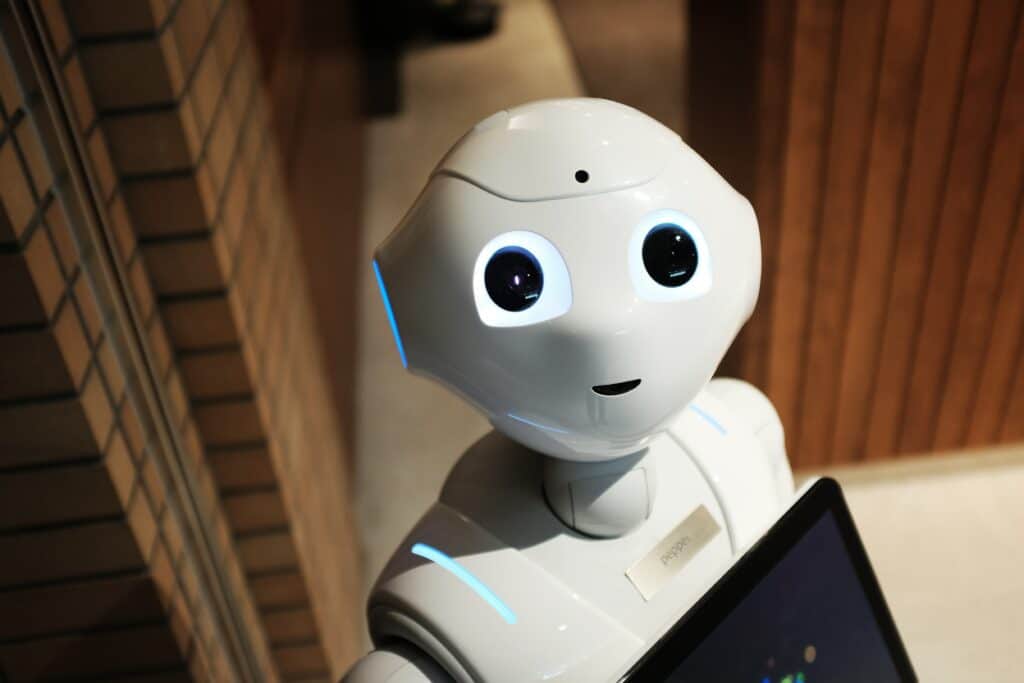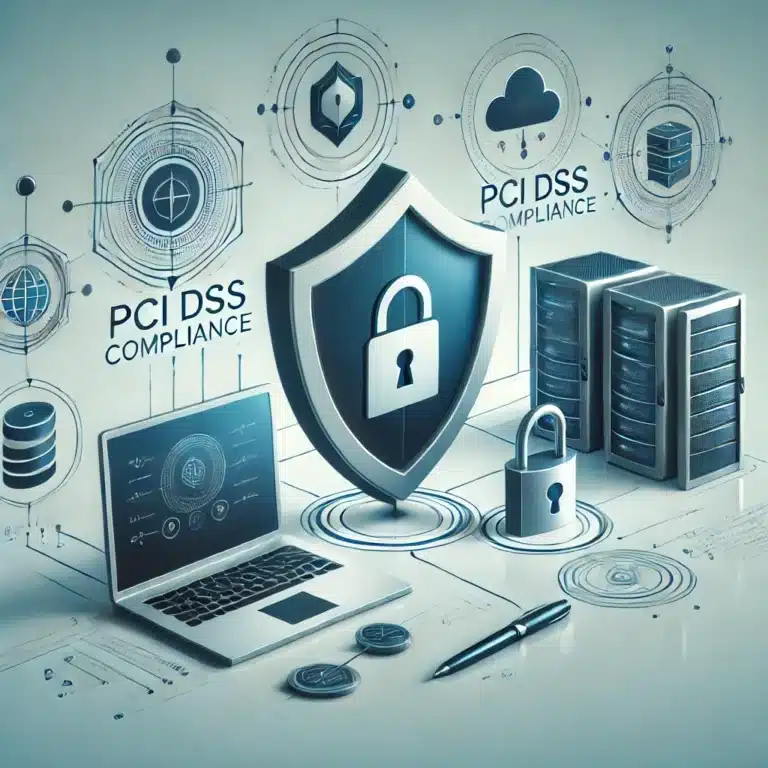In the rapidly evolving landscape of cybersecurity, artificial intelligence (AI) stands out as both a guardian and a potential threat. As businesses increasingly rely on AI to fortify their defenses against cyber attacks, hackers are also leveraging this powerful technology to devise more sophisticated methods of penetrating networks. This article explores the AI’s Role in Modern Cybersecurity, emphasizing the need for companies to stay ahead of AI-driven threats.
The Rise of AI in Cybersecurity

AI has transformed the way companies approach cybersecurity, offering unparalleled capabilities in detecting and responding to threats. By analyzing vast amounts of data, AI algorithms can identify patterns indicative of cyber attacks, often detecting threats faster and more accurately than humanly possible. This proactive stance in threat detection enables companies to defend against attacks in real-time, mitigating potential damage.
However, the accessibility and advancement of AI technologies have also opened new avenues for cybercriminals. Hackers are now using AI to automate the creation of malware, conduct social engineering attacks at scale, and even personalize phishing campaigns with alarming precision. This shift represents a significant escalation in the cybersecurity arms race, with AI serving as the latest arsenal for both defenders and attackers.
AI-Enhanced Cyber Attacks: A Growing Concern
Hackers now use AI to sidestep standard security protocols. They exploit AI to find and leverage system vulnerabilities effectively. For example, AI can create ever-changing malware, eluding traditional antivirus defenses. Additionally, AI automates gathering online data, building precise profiles of potential victims. These profiles help tailor phishing emails, increasing the chance of tricking recipients into breaches.
Staying Ahead of AI-Powered Threats
To combat AI-enhanced cyber threats, companies must adopt a multifaceted approach to cybersecurity:
- Invest in AI Defense: Implement AI-powered security solutions that can adapt to new threats and learn from them, enhancing your network’s defenses over time.
- Continuous Monitoring and Analysis: Utilize AI to monitor network activity continuously, analyzing patterns to detect anomalies that may indicate a breach.
- Employee Training and Awareness: Educate employees about the sophisticated nature of AI-driven phishing attacks, emphasizing the importance of vigilance in identifying suspicious communications.
- Collaboration and Sharing: Engage in cybersecurity alliances and forums to share information about emerging threats and best practices for defense, fostering a collective resilience against hackers.
The Future of Cybersecurity
AI’s growing capabilities complicate the battle between cybersecurity and hackers. This evolution makes anticipating and countering new threats crucial.
AI can make cyber attacks more effective. This reality highlights the need for defenses that are both innovative and predictive.
Businesses must stay alert and update their cybersecurity tactics with the newest AI advancements. This strategy will protect against both present and future risks.
Cybersecurity is a dynamic field, constantly changing. AI’s Role in Modern Cybersecurity reminds us to adapt, innovate, and remain vigilant always.




